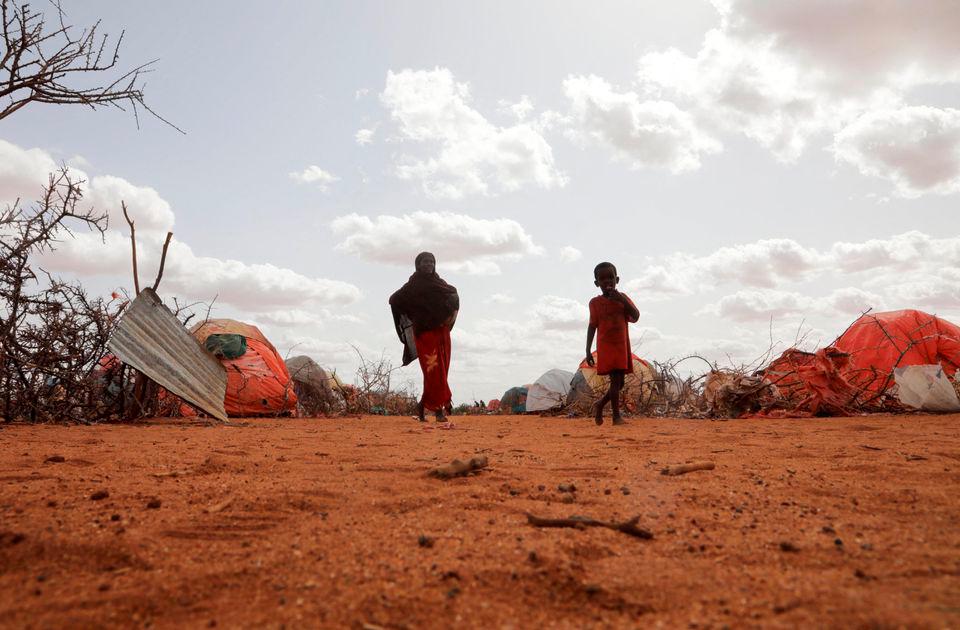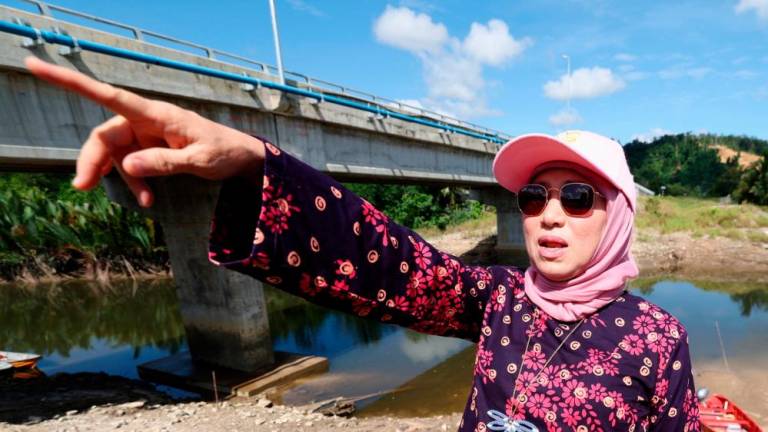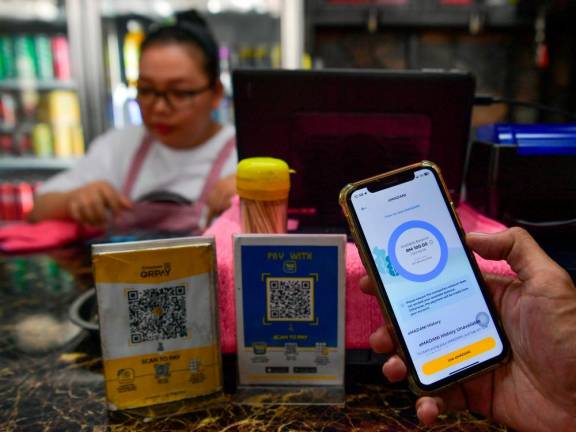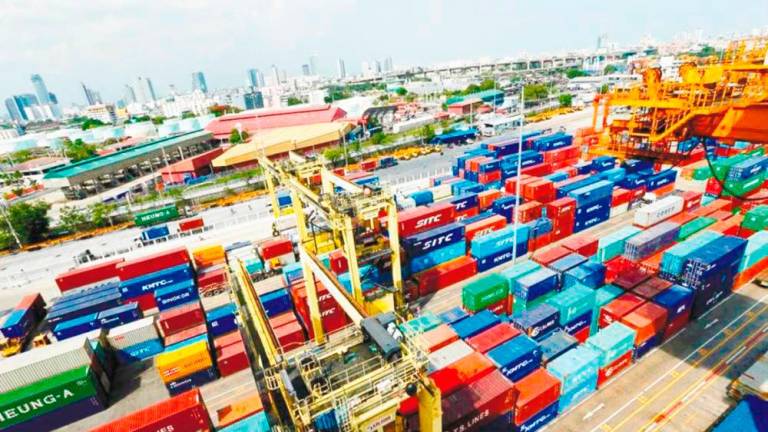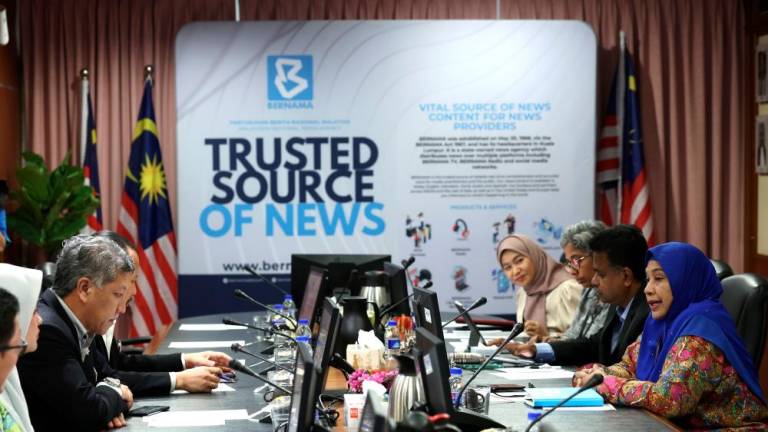WITHOUT a doubt, we are living in a world with crises and World Vision, an international humanitarian organisation, has summarised the crises into five points.
Topping the list is hunger while Covid-19 takes fifth spot.
Just when we think there couldn’t be a worser crisis than Covid, there is hunger which is still ravaging the human race, pushing humanity into the throes of darkness and uncertainty.
According to the website run by the organisation, 45 million people in 43 nations are now facing the threat of starvation.
Children in hunger hotspots in Africa, Latin America, Asia and the Middle East have no clue where their next meal is coming from.
Millions are living on the cusp of famine and food is urgently needed if they are to survive.
It is said that dreams of overcoming hunger by 2030 are seriously off track since hunger is caused by poverty.
Aside from the threat of starvation, severe malnutrition affects over 45 million children globally and the hunger crisis is growing rapidly.
Children’s long-term physical health and mental development is compromised when they do not get the vital nutrition they need.
It would be of interest to know that war and conflict, climate change and child abuse are holding second, third and fourth spots respectively in the list.
It is a shame to know that despite the fact that the world produces enough food to feed 7.5 billion people, one in nine people around the world go hungry each day.
We all know where this is coming from and if only the rich did not hoard their wealth and food supplies, we may be able to address the severest of crises on earth.
According to the 2021 Global Hunger Index, 47 countries will fail to even reach low hunger status by 2030, an increase of 10 countries compared with the 2020 report.
Since 2012, hunger has increased in 10 countries with moderate, serious or alarming hunger levels.
Poverty and hunger exist in a vicious cycle. Families trapped in the cycle of poverty usually can’t afford nutritious food, leading to undernourishment.
In turn, undernourishment makes it difficult for people to earn more money so that they can afford healthy food.
Families living in poverty might also sell off their livestock or tools to supplement their income.
Afghanistan is becoming the world’s largest humanitarian crisis.
The Food and Agricultural Organisation of the United Nations said that 18.8 million Afghans are unable to feed themselves every day.
Recent weeks have seen yet another trend where families were selling their children, mostly girls, so that families could buy food.
In one reported case, a six-year-old girl and an 18-month-old toddler were sold for US$3,350 (RM14,922) and US$2,800 (RM12,472) respectively.
The human race should feel mortified that such atrocities are taking place when some of us are at liberty to splurge on luxuries and go on a spending spree.
The big question remains: how do we solve world hunger? It is not an easy task but neither is it rocket science. It is all about will and focus.
A food source has to be sustainable in the long run where nations have their own steady supply of food.
Poorer nations must also have access to funds to create industries and farms to keep food provisions going.
Ideally, although it would be better to get the entire world to a place of self-sustainability, it is not something that will happen overnight.
In the meantime, it is important to lend a helping hand.
The impact of donations, both cash and food, have had an immense impact on world hunger.
If each of us takes it upon ourselves to reduce our binges and donate a small sum to help feed families elsewhere, we can make a difference in a small but meaningful way.
Meanwhile, we know education is the best weapon against poverty and hunger. It is especially powerful in underdeveloped countries.
Education means better opportunities and more access to income and food.
Additionally, some countries have food-for-education programmes, where students are given free food for coming to school. This is life-saving, especially when food is scarce.
Government intervention in the respective countries can do much to change the dire situation to a more manageable one.
Programmes that can directly put food on the table must be managed without leaks and pilferage, with strict controls on outcomes measured qualitatively.
There is a direct correlation between hunger and gender inequalities.
Empowering women to gain access to food, be providers and lead their families has had a major impact on food access and the ability to change financial situations.
Birth control measures and education would be especially helpful in poorer countries where the population is high.
High birth-rates pose a problem when trying to solve hunger.
Many people are not educated on reproduction or do not have access to contraception.
Worse still, the future remains grim when even first world countries return to archaic laws against a women’s right to abortion.
The story can go on with specific examples, but what is important is how we react and pay heed to individual calls for action, which can be as simple as making a distinction between needs and wants.
On a bigger picture, our politicians may think there is a very slim chance of Malaysia ending up like Sri Lanka, but do we have a checklist and who is ticking the boxes?
Comments: letters@thesundaily.com




